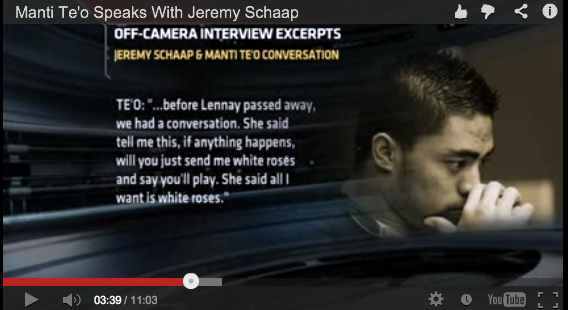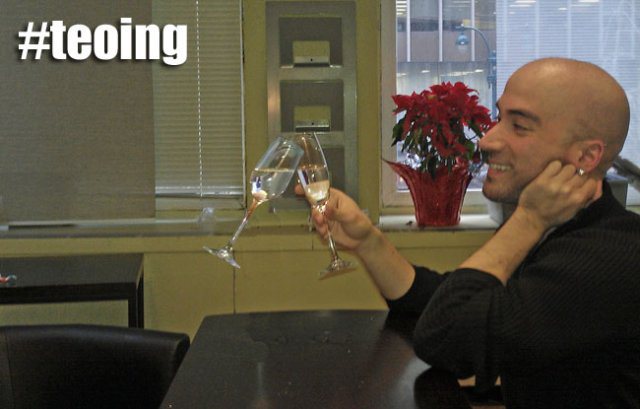If you haven’t heard the developing story about Notre Dame superstar Manti Te’o and his girlfriend Lennay Kekua, then you are living under a rock. According to ESPN reporters, if you believe Manti’s side of the story he was tricked into believing that the love of his young life existed, and that although he never met her face-to-face that she cared for him, was in a horrible accident where she lapsed into a coma, recovered from the coma, had him call her every night and put the phone next to him as he slept (so she could sleep), be diagnosed with leukemia, die, and become the source of his outstanding season that almost lead to being awarded the Heisman trophy.

The word around the water coolers and just about everywhere else is “How dumb can he be?” We find ourselves questioning him and his actions. We find ourselves asking “How could he not know about this?” I have heard colleagues in court say “I mean, he never saw her with her own two eyes. He didn’t go to her funeral. He didn’t think to look for an obituary. It smells like something is rotten in Denmark.” Heck, I even found myself saying “How on Earth could he be this stupid to let this fraud go on for well over a year?”
Well, isn’t that what happens in forensic science cases every day? How many times a day do criminal defense do exactly this. We accept opinions/conclusions without looking at a single piece of data. We accept the interpretation of data that leads to guilty pleas sometimes for decades without investigating the background of the credentials of the person who is doing the interpretation. Then, all of the sudden, it is discovered that the laboratory is a disaster and/or the analyst is a fraud. We wonder how this could have happened or how dumb we could be or how this could have gone on for so long. Sounds familiar to what we are now saying about Manti, doesn’t it?
Come on criminal defense attorneys don’t let us be Te’o’ed. Get the data. Find the Lennay Kekua’s in forensic science.



